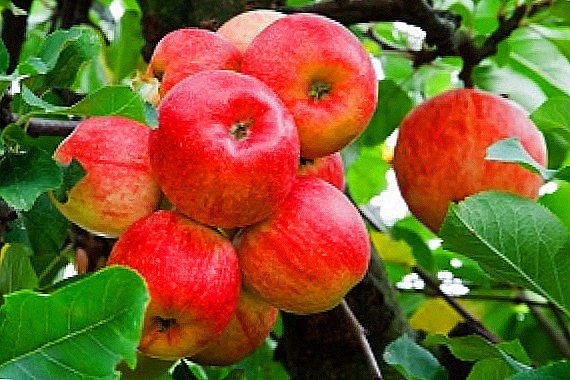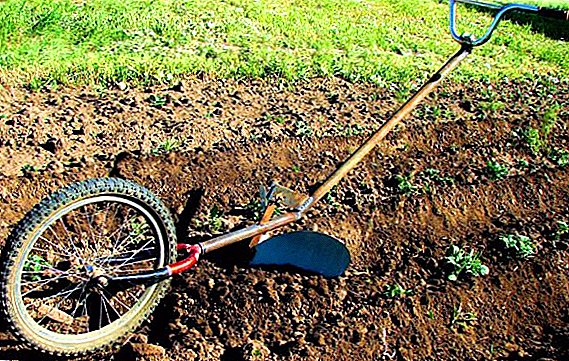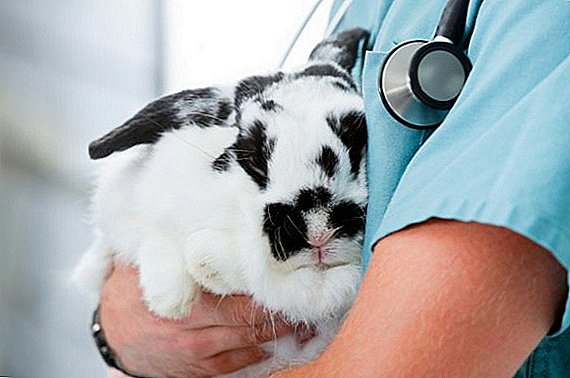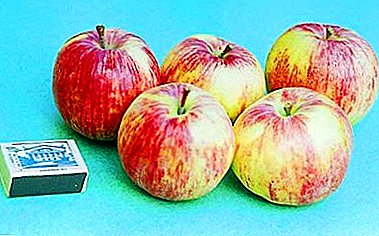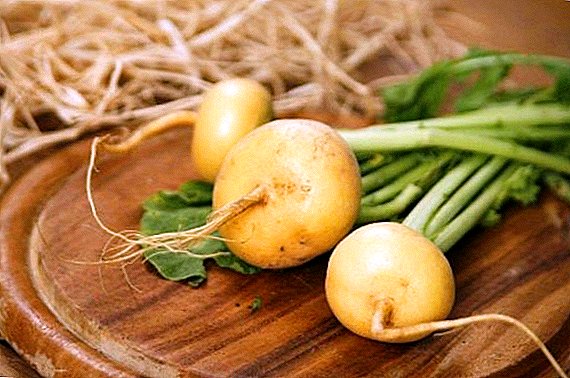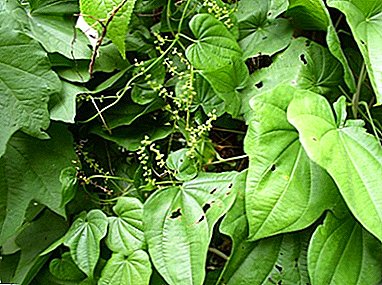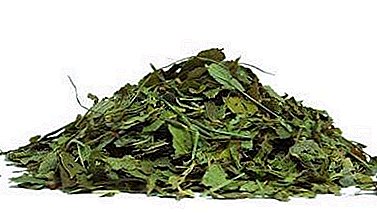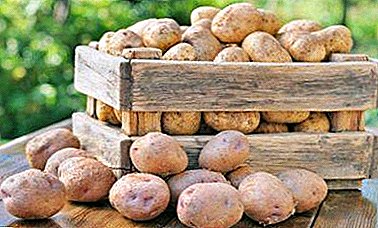
Homalomena prefers natural diffused light. Grows poorly in the shade. Propagated by vegetative way.
He loves fortified acidic soil. It responds well to top dressing.
general description
Homalomena is a wonderful tropical plant that grows well in indoor conditions. Applies to representatives of Araaseae. Latin name: Homalomena.
Homalomena has about 150 different subspecies. Sometimes this beautiful plant is compared to dieffenbachia. Depending on the subspecies of the flower, the leaves are endowed with all sorts of variations of shades, shape and parameters.
The squat plant "H.humilis" has long emerald leaflets. The red "H. Rubescens" has heart-shaped leaves of red color. The flower "H.wallisii" leaves are very wide, rounded, emerald green with amber-gray specks.
Leaves of all subspecies do not exceed 25-35 cm. Sprawling plant leaves. Form a flat outlet with a diameter of not more than 40-45 cm.
The root system of the flower is branchy. Thanks to this rhizome in one year flower grows heavily. In room conditions flowering occurs infrequently. The inflorescences of this representative flora are not decorative. Therefore, the first manifestation of the buds must be removed.
Varieties of flower hamolamena in the photo:





Home care
In growing and caring at home, the plant is unpretentious. Him recommend to beginner flower growers. Difficulties may occur with improper care.
If the tips of the leaves begin to dry out - in the room where the flower is located, the air is too dry. It is necessary to increase the humidity with spraying from the sprayer. For this purpose, ordinary separated water will be suitable.
If the leaves begin to show spots, they begin to turn yellow and fall off, then too much light is next to the flower. It is necessary to abandon artificial dosvetki.
Home pet set on the windowsill, where it will fall natural diffused light. The plant can not be shaded.
If the leaves begin to weaken, wither, strongly stretch and turn pale, it means that Homalomena does not receive sufficient light. The flower must be moved to a lighter room. Strongly elongated leaves are recommended to be removed.
 With slow growth of the flower and the formation of too small leaves, it is necessary to replace the capacity with a larger one. The root system of the plant is divided into several parts and transplanted into new pots.
With slow growth of the flower and the formation of too small leaves, it is necessary to replace the capacity with a larger one. The root system of the plant is divided into several parts and transplanted into new pots.
With a strong yellowing of leaves and decay of the stem, near the base of the leaf, it is necessary stop watering.
It is recommended to wait for the soil to dry completely. After that, the plant is transplanted into a new land.
Pruning
Sometimes pruning lower leaflets. It helps not to shade the shtamb. With this procedure, Homalomena begins to grow rapidly.
Because of the rapid growth of experienced growers recommend not to pruning, and immediately transplant the plant into new containers.
Watering
The ground in the tank must be constantly moistened. It is not recommended to allow the soil to dry out. But you can not allow overmoistening.
Attention! Excess moisture in the room leads to falling off and yellowing leaves.
This plant is poorly resistant to dry air. In winter, especially if the flower grows near the heating devices, it needs additional spraying.
It is necessary to spray a plant twice a day - in the morning and in the evening. With this procedure, the leaves become bright and shiny. Also, a container with Khomalomen can be placed on a tray with moistened forest moss-sphagnum.
Sometimes the pet is rinsed under a stream of water warm shower. Before the procedure, the soil must be closed from excessive waterlogging.
Landing
 For planting plants use purchased land for aroid colors. Also, the substrate can be prepared by yourself. To do this, in equal proportions using leaf and coniferous soil.
For planting plants use purchased land for aroid colors. Also, the substrate can be prepared by yourself. To do this, in equal proportions using leaf and coniferous soil.
The top layer should contain a small amount of peat. You can add fine-grained sea sand. Soil is not recommended to be strongly condensed.
At the bottom of the pot stack drainage. Suitable pebbles or small bricks. The plant is set in the center and sprinkled with earth. After - plentifully watered.
Transfer
Due to the rapid growth of the roots, it is necessary to make a frequent transplant. The transplant procedure can be performed year-round at any convenient time.
It is recommended to repot the flower in summer and spring. It is at this time that the plant can quickly adapt to the new capacity and grow.
When transplanting, it is necessary to remove part of the stems. This is due to the fact that the necessary amount of light falls on the leaves. At removal of escapes the bush will not be strongly dense.
Any soil can be used for transplanting. The main thing is that the earth should be fortified, slightly acid and loose. Recommended humus content. Peat and fine-grained river sand can be added to the substrate.
Important! From mid-spring to late summer, the plant has a main growth period. Therefore, every 14 days the flower is fed with vitamins and minerals. Integrated purchase fertilizers for decorative deciduous flowers perfectly will approach.
Breeding
It breeds very easily. For this is used vegetation. Reproduction occurs by dividing the root system and child rosettes.
 The root system of overgrown flowers is divided into several parts. Sections must be disinfected with crushed coal. The resulting delenki are seated in separate containers.
The root system of overgrown flowers is divided into several parts. Sections must be disinfected with crushed coal. The resulting delenki are seated in separate containers.
During reproduction obtained daughter rosettes, the processes are cut off from the main root. They are then placed in glass jars until their roots appear. After they are treated with growth stimulant and planted in the ground.
Temperature
Plant very thermophilic. It grows well in lighted rooms at a temperature of 24-26 ° C. Dislikes the cold. Do not allow the temperature to drop below 21 ° C.
In winter, the room in which this flower is located is recommended to be ventilated with great care.
Attention! It is important that the gusts of cold wind do not fall on Homalomena. Otherwise, pet will freeze over and stop going to growth.
Lighting
Grows well with natural dispersed light Does not like the shadow. In dark rooms it grows very slowly.
At this time, the flower requires additional artificial lighting. Otherwise, the leaves of the flower may begin to crumble and lose their aesthetic appearance.
This plant is very light-loving, so it needs the sun throughout life. And artificial lighting is needed at least twice a day - in the morning and in the evening.
Benefit and harm
Plant leaves not recommended to eat. Due to its simplicity when growing, the flower often adorns the window sills of offices, kindergartens and other institutions. Recommended for growing inexperienced flower growers.
Diseases and pests
The plant is often attackable. spider mite. Such pests feed on plant cells. The flower weakens photosynthesis.
Homalomena can become susceptible to various diseases. Therefore, when a mite is detected, it must be immediately isolated. The leaves are rubbed with a sponge with soapy water.
 Then the flower is carried under a stream of warm water. The root system is pre-closed with oilcloth. The affected areas are removed. And the plant itself is sprayed with chemicals.
Then the flower is carried under a stream of warm water. The root system is pre-closed with oilcloth. The affected areas are removed. And the plant itself is sprayed with chemicals.
Perfect "Aktellik", "Fitoverm", "Neoron". But you can also use medical alcohol. He destroys the larvae of the pest. You can use the infusion of garlic.
The heads are finely cut and filled with water. Insist 5 days. You can also use onion peel. At 100 grams need 5 liters of water. Mixture insist 5 days.
Khomalomena endowed with beautiful appearance, colorful leaves. In growing unpretentious. Loves additional top dressing and constantly moistened soil. It grows quickly, so it requires frequent transplants.


